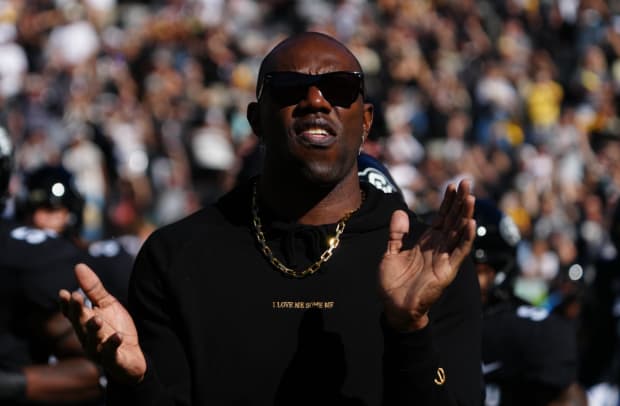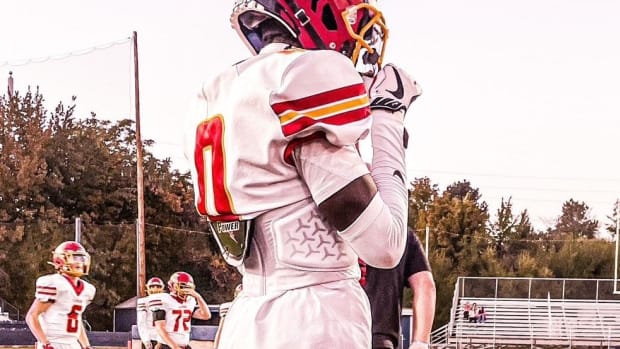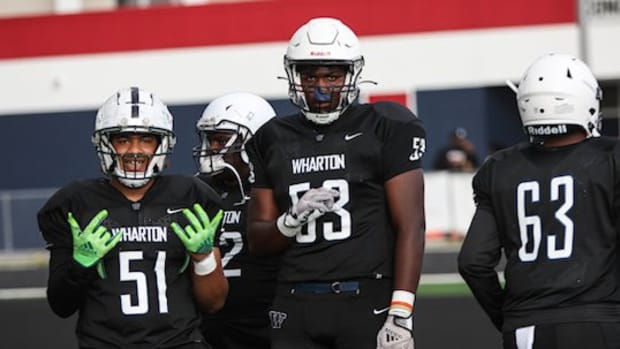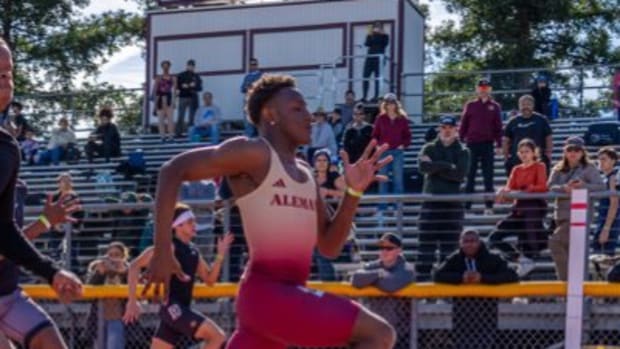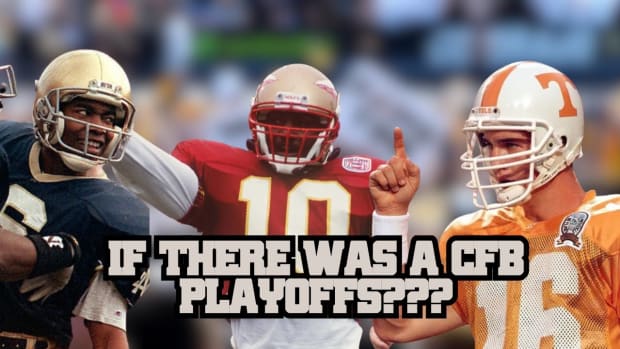The Turning Point: Nebraska at Colorado
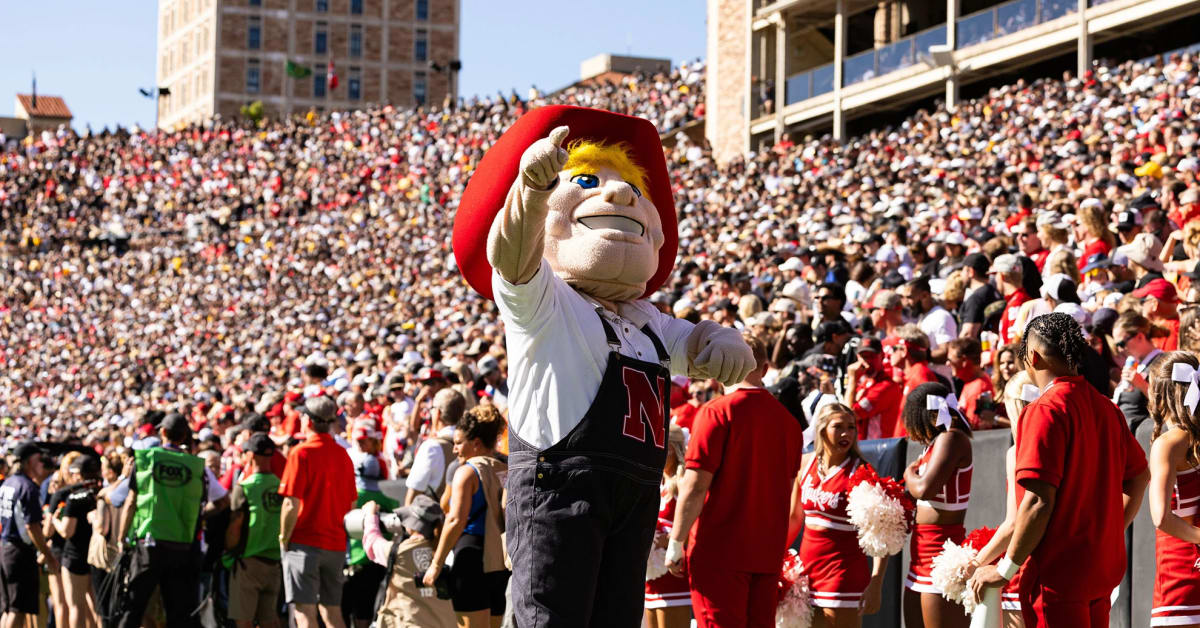
The average amount of plays in a given college football game is 180. Each snap brings an opportunity, but each one is not held equal. One snap every game creates one play made by one or a slew of players, affecting the rest of the contest. This play is the turning point. The turning point makes or breaks a team's game and sometimes its season.
Today's turning point was Nebraska’s fumble recovered by the offense in the second quarter with seven minutes to go and the score tied 0-0.
It was third and five as the Huskers marched down the field and had the ball on the Buffaloes’ 25. This was a clear two plays to get five yards situation to put seven points on the board. Tight end Luke Lindenemeyer moved in motion from left to right, and as Lindenmeyer got square with Jeff Sims, the ball was snapped, bouncing off him and inducing a fumble. Luckily for the Big Red, Linedenmeyer jumped onto the ball to retain possession. On the next snap, freshman Tristan Alvano missed a 45-yard field goal.
Nebraska would not take a meaningful snap that close to the Buffalo end zone the rest of the game.
Out of Nebraska’s five fumbles, this one killed the most momentum. NU finally was figuring out ways to move down the field. Gabe Ervin Jr. was finding his stride in the run game with runs of 26 and 13. Sims made his best throw of the game on the sideline to a diving Billy Kemp for an 18-yard gain. Nebraska even killed six minutes off the clock.
The Huskers placed themselves in a prime position to take a seven-point lead halfway through the second quarter with a dominant defense behind them. But once again, an operational miscue blew it all up.
After the missed field goal, Nebraska turned the ball over twice, resulting in 10 quick points for the Buffaloes right before halftime.
While this play was not one of four Nebraska turnovers, it destroyed the team's momentum and the offense's confidence. The drives after the missed field goal proceeded as a fumble, interception, punt, touchdown, punt, fumble, turnover on downs, turnover on downs, and touchdown.
After failing to get points on Nebraska’s best offensive drive of the first half, Nebraska allowed Colorado to scored on seven of the Buffaloes' next nine possessions.
Nebraska's Jeff Sims threw for 40 yards and one interception after the drive. Ervin ran just four more times for 10 total yards.
Nebraska’s best opportunity to take hold of this contest turned into a blunder, which began a snowball effect that led to a 22-point loss.
- More coverage & commentary: HuskerMax game page


